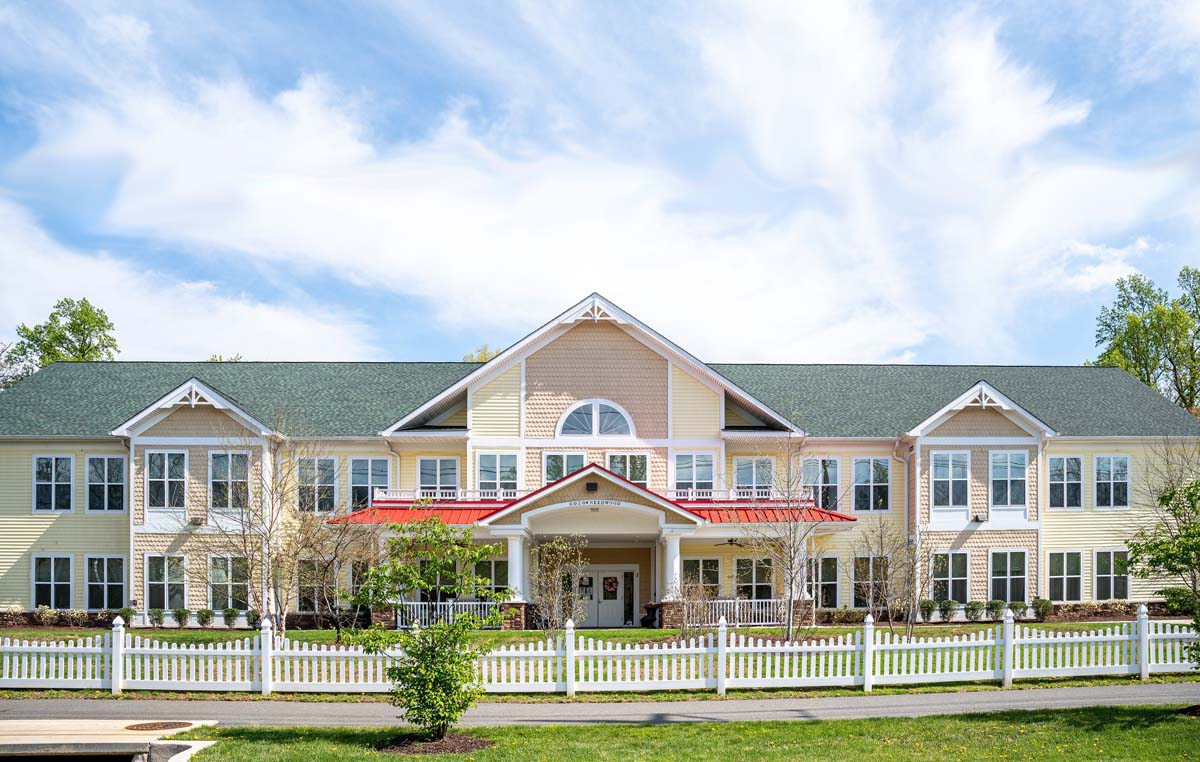As summer approaches, people begin to get outdoors more and enjoy outdoor hobbies and activities—taking long walks, visiting museums or art galleries, going to the theater or the local library. As we switch from an indoor to outdoor lifestyle, the elders among us face a potential problem that younger folks are not concerned about—that is, getting lost. One of the effects of aging is that as we get older and our cognitive abilities begin to decline, we become more likely to get disoriented and lose our bearings.
When an older person loses his or her bearings in an outdoor environment, confusion sets in, and it often leads to panic, as the person desperately tries to find surroundings that are familiar. Elderly people who wander off on their own and get lost are particularly difficult to find. They tend not to ask for help or directions, either out of embarrassment or out of fear, and the overwhelming majority (99 percent) do not respond when they hear their name being called. All of this makes finding them more difficult.
 The longer they remain lost, the more likely they are to suffer severe injury. People who are disoriented and lost tend to make poor decisions because they are confused and afraid. They tend to keep moving, usually quickly, and usually straight ahead—even though they stand a better chance of being found if they remained in one place—and they do not stop until they are exhausted and cannot go any farther, or until they land in a hedge or a ditch or get stuck in one way or another. A study found that 95 percent of the elderly who are reported missing are found within 24 hours. Only 46 percent of those found after 96 hours are still alive.
The longer they remain lost, the more likely they are to suffer severe injury. People who are disoriented and lost tend to make poor decisions because they are confused and afraid. They tend to keep moving, usually quickly, and usually straight ahead—even though they stand a better chance of being found if they remained in one place—and they do not stop until they are exhausted and cannot go any farther, or until they land in a hedge or a ditch or get stuck in one way or another. A study found that 95 percent of the elderly who are reported missing are found within 24 hours. Only 46 percent of those found after 96 hours are still alive.
Most elderly people who go missing are found wandering no more than a mile and a half from the place where they went missing—and they are generally found by family members or by neighbors and friends who recognize them and help to return them to their place of residence. One way to prepare for such a probability is to go to each of the houses in the neighborhood and explain the situation to the neighbors and give them a phone number that they can call if they see the elderly person wandering about seemingly disoriented and lost.
In crowded cities, where people tend to be suspicious of strangers and avoid making eye contact with someone who might appear to be acting strangely, most States have a notification system known as Silver Alert (like the Amber Alert system for missing and abducted children) that can be activated if an elderly person is reported missing. The easiest way to send out an alert is, call 911. The police may want to see the latest picture of the individual and what clothes the individual was wearing.
The problem with Silver Alert and similar systems is that even if they are effective in locating a missing senior, they are not always effective in engaging with the person and bringing him or her to safety. A disoriented senior may not respond well to someone whom he or she does not know or recognize. If you spot a missing senior through the Sliver Alert system, approach the individual in a calm friendly, non-threatening manner. Speak slowly and reassuringly, use short sentences that are easy to understand, and be patient as the person attempts to respond.





